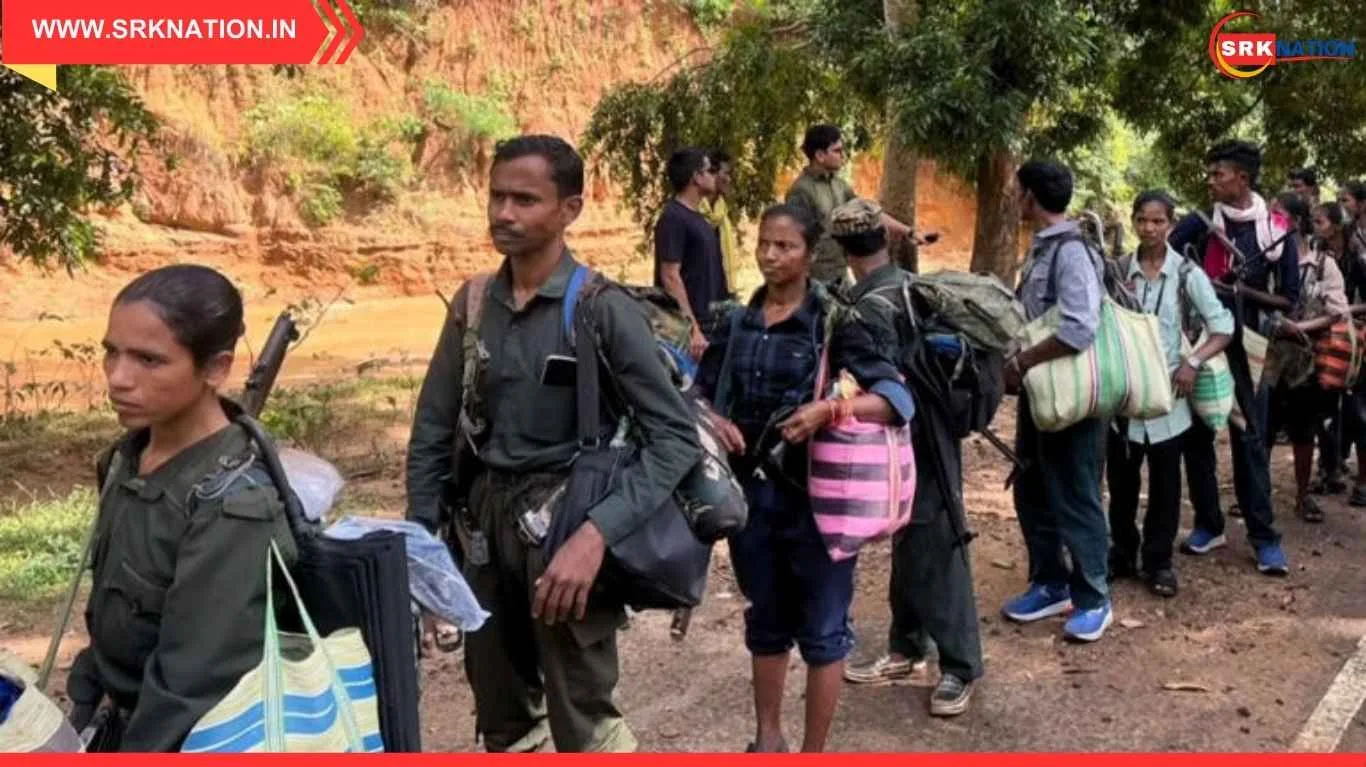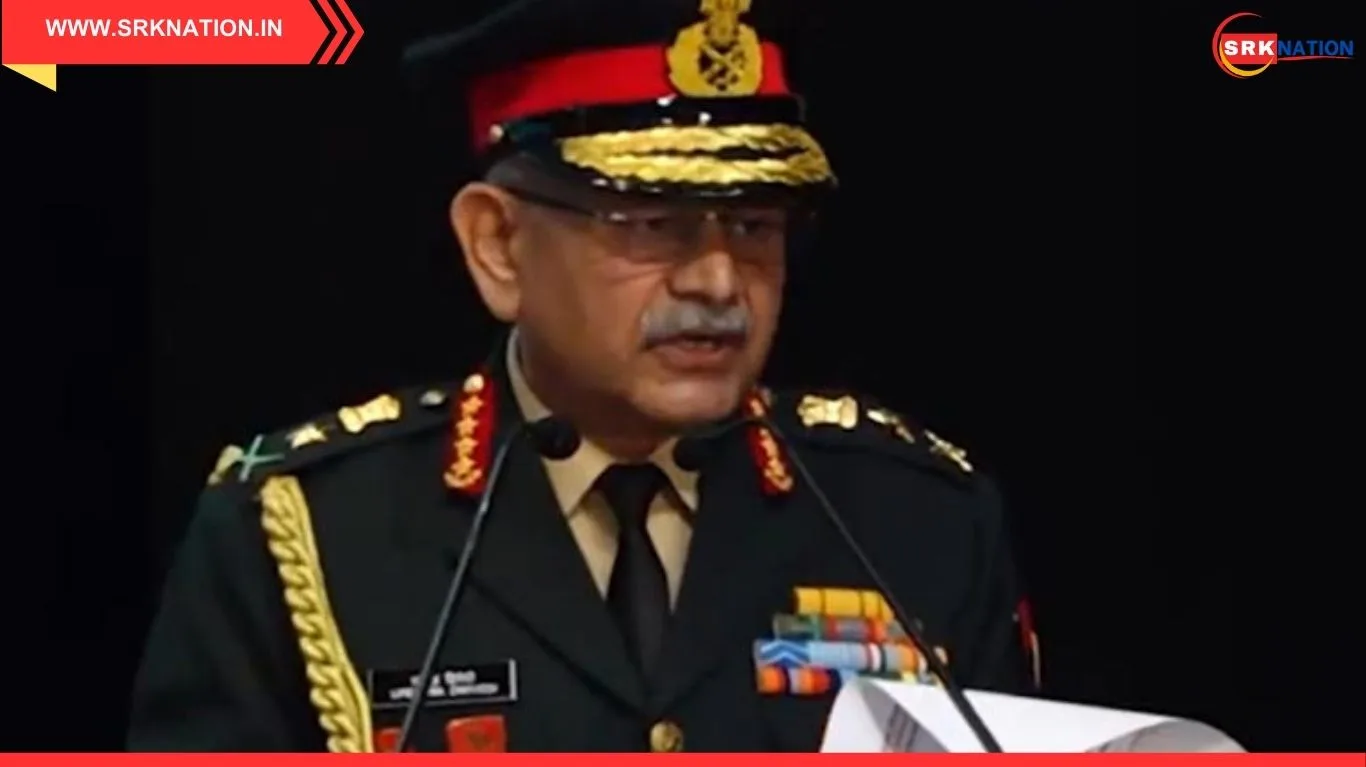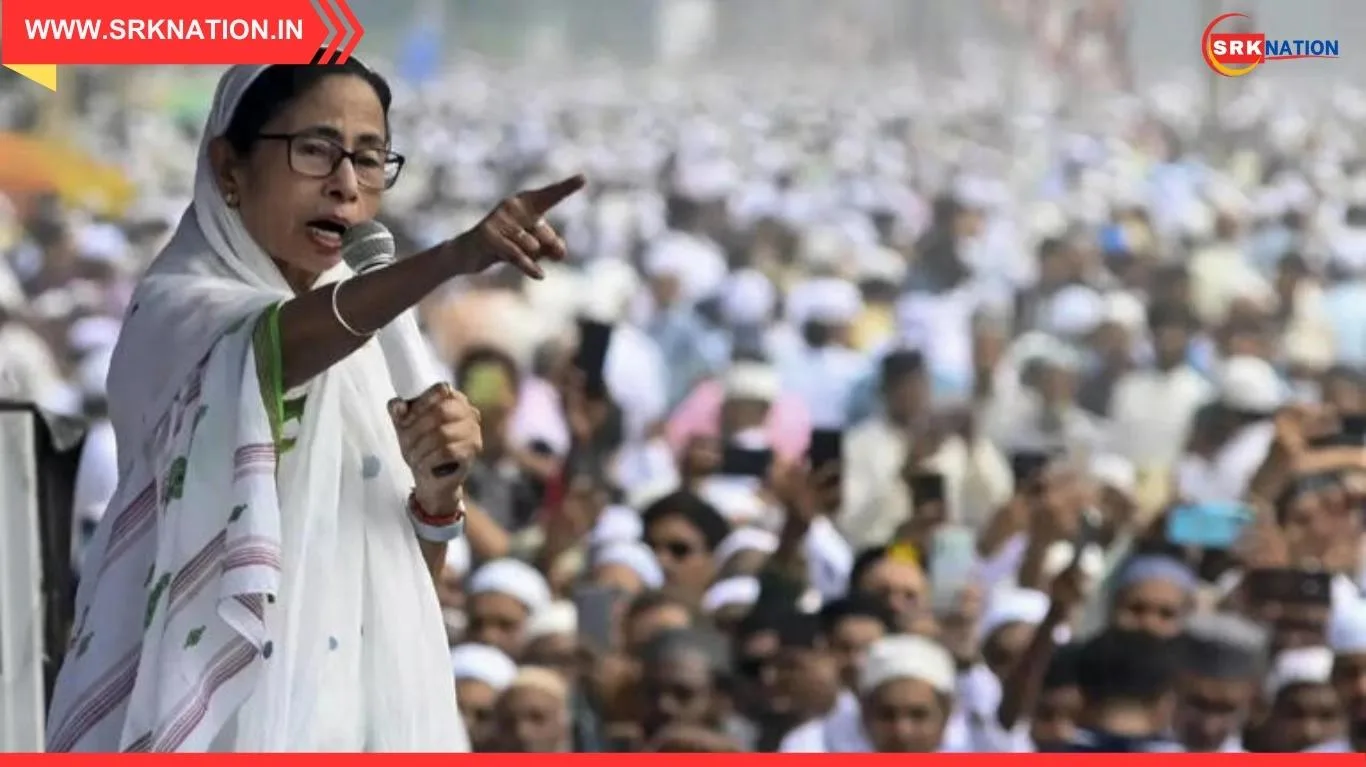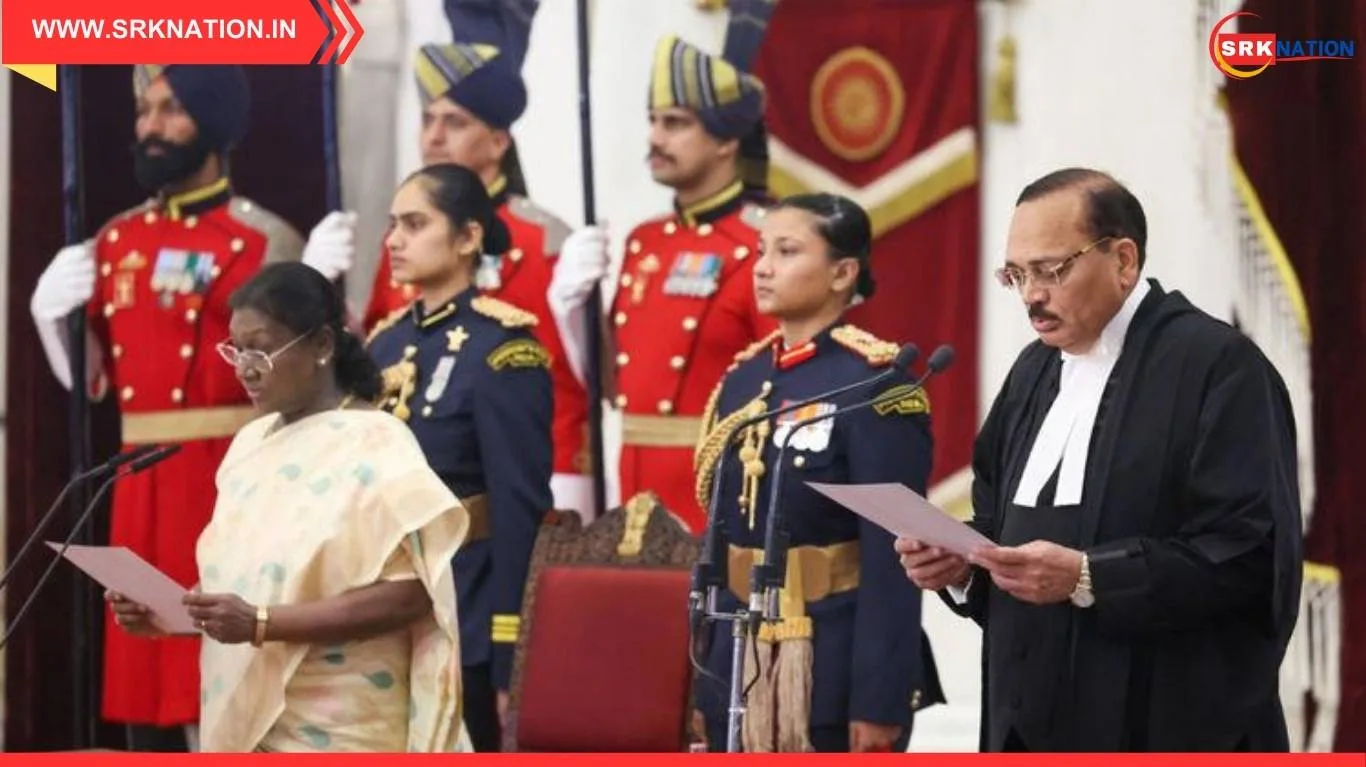In a dramatic development that could reshape the security landscape of central and eastern India, Maoist groups have written to three chief ministers offering a mass surrender by February 2026. The letter, reportedly addressed to the chief ministers of Chhattisgarh, Jharkhand, and Odisha, signals a potential turning point in the decades-long insurgency that has affected governance, development, and security in large swathes of the country.
The Maoist Insurgency
The Maoist movement, also known as the Naxalite insurgency, has been active for over five decades.
- Origins: Began in 1967 in Naxalbari, West Bengal, as a peasant uprising.
- Spread: Expanded across tribal and forested regions, particularly in Chhattisgarh, Jharkhand, Odisha, Bihar, and Andhra Pradesh.
- Objectives: Advocated armed struggle against the state, focusing on land rights, tribal autonomy, and anti-capitalist ideology.
- Impact: Thousands of lives lost, infrastructure destroyed, and development stalled in affected regions.
The Letter to Chief Ministers
The Maoists’ letter marks a rare public communication with state leadership.
- Content: Offers a mass surrender by February 2026, conditional on rehabilitation and reintegration programs.
- Recipients: Chief ministers of Chhattisgarh, Jharkhand, and Odisha—states most affected by Maoist activity.
- Tone: Suggests willingness to abandon armed struggle if provided with dignity, livelihood, and security.
- Significance: Indicates internal fatigue within Maoist ranks and recognition of dwindling support.
Maoist Offer vs State Response
| Aspect | Maoist Offer | State Governments’ Likely Response | Impact |
|---|---|---|---|
| Timeline | Mass surrender by Feb 2026 | Verification and phased acceptance | Potential reduction in violence |
| Conditions | Rehabilitation, livelihood, dignity | Expansion of surrender policies | Reintegration into society |
| Scope | Large-scale, across three states | Coordination among states | Regional peace and stability |
| Security | End of armed struggle | Monitoring and safeguards | Improved governance |
| Development | Access to welfare schemes | Infrastructure expansion | Boost to tribal regions |
Why Now? Factors Behind the Offer
Several factors may have prompted the Maoists to consider surrender:
- Declining Support: Reduced backing from local communities due to violence and extortion.
- Security Pressure: Intensified operations by central and state forces.
- Leadership Crisis: Loss of senior leaders in encounters and arrests.
- Development Push: Roads, schools, and welfare schemes reaching remote areas, reducing Maoist influence.
- Global Context: Waning ideological relevance in a rapidly modernizing India.
Maoist Presence in Key States
| State | Districts Affected | Estimated Cadres | Recent Trends |
|---|---|---|---|
| Chhattisgarh | 12 | 1,200 | Declining activity, strong security presence |
| Jharkhand | 10 | 800 | Sporadic attacks, reduced recruitment |
| Odisha | 8 | 600 | Focus shifting to survival, fewer ambushes |
| Bihar | 5 | 400 | Marginal presence, mostly underground |
| Andhra Pradesh | 3 | 200 | Almost neutralized |
Government’s Rehabilitation Policies
India has long maintained surrender and rehabilitation schemes for Maoists:
- Financial Incentives: Lump-sum payments for surrendered cadres.
- Skill Development: Training programs for alternative livelihoods.
- Housing and Welfare: Access to government schemes for housing, healthcare, and education.
- Community Integration: Efforts to reintegrate surrendered Maoists into mainstream society.
- Monitoring: Security agencies track surrendered cadres to prevent re-entry into insurgency.
Expert Opinions
- Security Analysts: View the offer as a sign of weakening Maoist strength.
- Political Commentators: Stress the need for cautious optimism, ensuring genuine reintegration.
- Economists: Highlight potential for accelerated development in tribal regions.
- Civil Society Leaders: Call for dignity and fairness in rehabilitation to prevent relapse.
Public Reaction
- Citizens in Affected Areas: Express hope for peace and development.
- Families of Victims: Demand accountability and justice alongside surrender.
- Media: Focused on the unprecedented nature of the Maoists’ letter.
- Social Media: Mixed reactions, with some skeptical about Maoist intentions.
Challenges Ahead
Despite the positive development, challenges remain:
- Verification: Ensuring the sincerity of surrender offers.
- Splinter Groups: Smaller factions may resist mainstreaming.
- Trust Deficit: Communities may remain wary of Maoist cadres.
- Security Risks: Potential for regrouping if rehabilitation fails.
- Coordination: States must work together to manage mass surrender effectively.
Future Outlook
The Maoists’ offer could reshape India’s internal security landscape:
- Short-Term: Reduction in violence and improved governance in affected districts.
- Medium-Term: Expansion of development projects and welfare schemes.
- Long-Term: Integration of tribal communities into mainstream economy and politics.
- National Impact: Strengthening India’s image as a democracy capable of resolving insurgencies through dialogue and rehabilitation.
Conclusion
The Maoists’ letter to three chief ministers offering mass surrender by February 2026 is a watershed moment in India’s fight against insurgency. If implemented sincerely, it could end decades of violence, open doors for development, and restore peace in regions long scarred by conflict.
The coming months will be crucial as governments verify the offer, expand rehabilitation schemes, and ensure that surrendered cadres are reintegrated with dignity. For India, this is not just a security victory but a chance to heal communities and reaffirm democratic resilience.
Disclaimer: This article is based on publicly available security updates, expert commentary, and regional reports. Readers are advised to follow official government and state releases for verified details.











